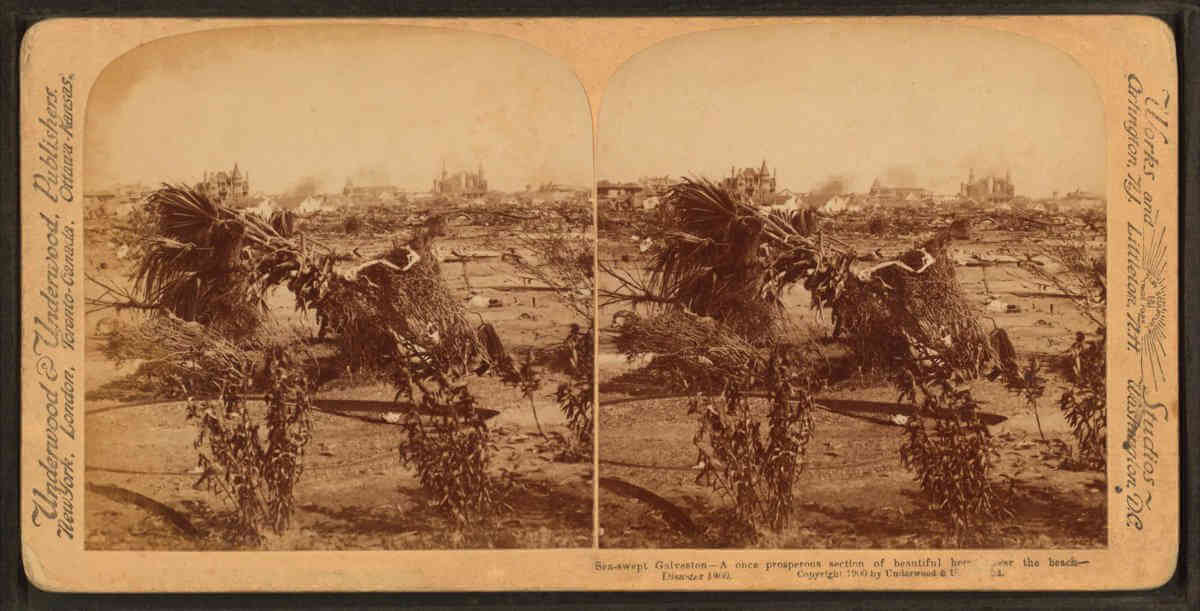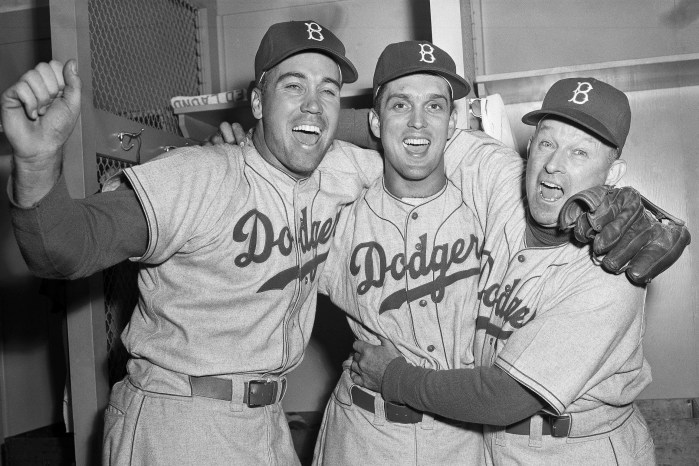A 63-minute 3D non-narrative film inspired by a hurricane’s impact on Texas, Blake Williams’ “Prototype” is undoubtedly going to be the most adventurous film to get a theatrical release in New York this year (even if it’s telling that this is happening at a museum). So far Abbas Kiarostami’s “24 Frames” is its only real competition.
“Prototype” does conjure up precursors: the images of beautifully horrific oil well fires in Werner Herzog’s “Lessons of Darkness,” Ken Jacobs’ use of 3D to explore the past in an avant-garde context, and the many TV reporters who have braved extreme weather — assaulted by wind and water as they clutch a microphone and struggle to maintain their balance — to give firsthand takes on it. Its powerful scenes of racing storms and waves even have connections to Hollywood and Asian action cinema. But “Prototype” aims for both abstraction and a recognition that it’s describing something real about our culture.
It’s tempting to give this film an eco-political reading. After all, it kicks off with a grounding in genuine history, showing still photos of people and property damaged by a 1900 Galveston hurricane in its first few minutes. But it has a post-humanist streak: “Prototype” leaves people off-screen after that and instead foregrounds the screens through which we increasingly see the world. It’s self-aware enough to keep reminding the spectator of the whole history of TV and cinema, with boxy screens reminiscent of very old televisions placed within the frame.
Williams does not exactly use split screens; instead, the spatial freedom offered by 3D allows him to place screens on top of each other. “Prototype” relies on superimposition and juxtaposition, where ambiguous images interact in dialogue. More than most films, its visual style interacts closely with sound design. Williams — who is responsible for every role in the credits except production — created a mixture of wind and sea effects and electronic drones.
“Prototype” smashes together the past, present, and future. The awful weather depicted in Hollywood sci-fi films like Roland Emmerich’s 2004 “The Day After Tomorrow” no longer seems like a vision of our possible destiny the way it did in the recent past. It’s more like our literal day after tomorrow: just ask a resident of Puerto Rico or their close relatives here in New York.
The futuristic overtones of this film are weirdly but deliberately dated. It treats the spectator like a disaster flaneur: a lengthy sequence around the 45-minute mark evokes the POV of a driver along a bridge high above a turbulent sea. Williams’ sensibility is far from narrative-oriented, but it calls up J.G. Ballard’s many novels and stories in which men find their existential destiny in natural environments experiencing ecological disaster.
The popularity of apocalyptic and dystopian tales defines the current moment in American culture — the appeal of Hulu’s TV adaptation of “The Handmaid’s Tale” to a significant percentage of its audience clearly lies in the sense that it’s describing a world that’s just a step away and that we could easily find ourselves living in. “Prototype” does not present itself as that kind of well-meaning warning. Instead, it implicitly acknowledges its own schadenfreude. Williams obviously took a great deal of delight in creating these images of catastrophe.
On some level, “Prototype” is a much better crafted, imaginative, and formally complex version of the “weather porn” compilations aired on several cable TV channels. Williams does not shy away from spectacle or offering the viewer pleasure.
But he does not let the spectator find easy footing in his film. Is “Prototype” a documentary about the 1900 Galveston hurricane, a depiction of a fictional future storm, or an exploration of abstract imagery inspired by such weather? All of these ideas occurred to me while watching it, but none seems adequate. It’s hardly a conventional political film, but it is anything but removed from the world we live in. In that, it evokes Véréna Paravel and Lucien Castaing-Taylor’s “Leviathan.” Those directors deny any agenda but nevertheless made a far more powerful depiction of humanity’s destruction of the sea and its fish than more overtly ideologically driven docs like “The Cove.”
“Prototype” shows a creative potential in 3D that mainstream cinema has squandered, with exceptions like Martin Scorsese’s “Hugo” and Alfonso Cuarón’s “Gravity,” just so that it can add a few more dollars to ticket prices. But afterwards, one might have second thoughts about what its pleasures stem from, and these qualms seem built into them. It will be perfect entertainment when the next superstorm heads toward New York.
PROTOTYPE | Directed by Blake Williams | Grasshopper Film | Aug. 31-Sep. 9 | Museum of the Moving Image, 36-01 35th Ave., Astoria | movingimage.us

































